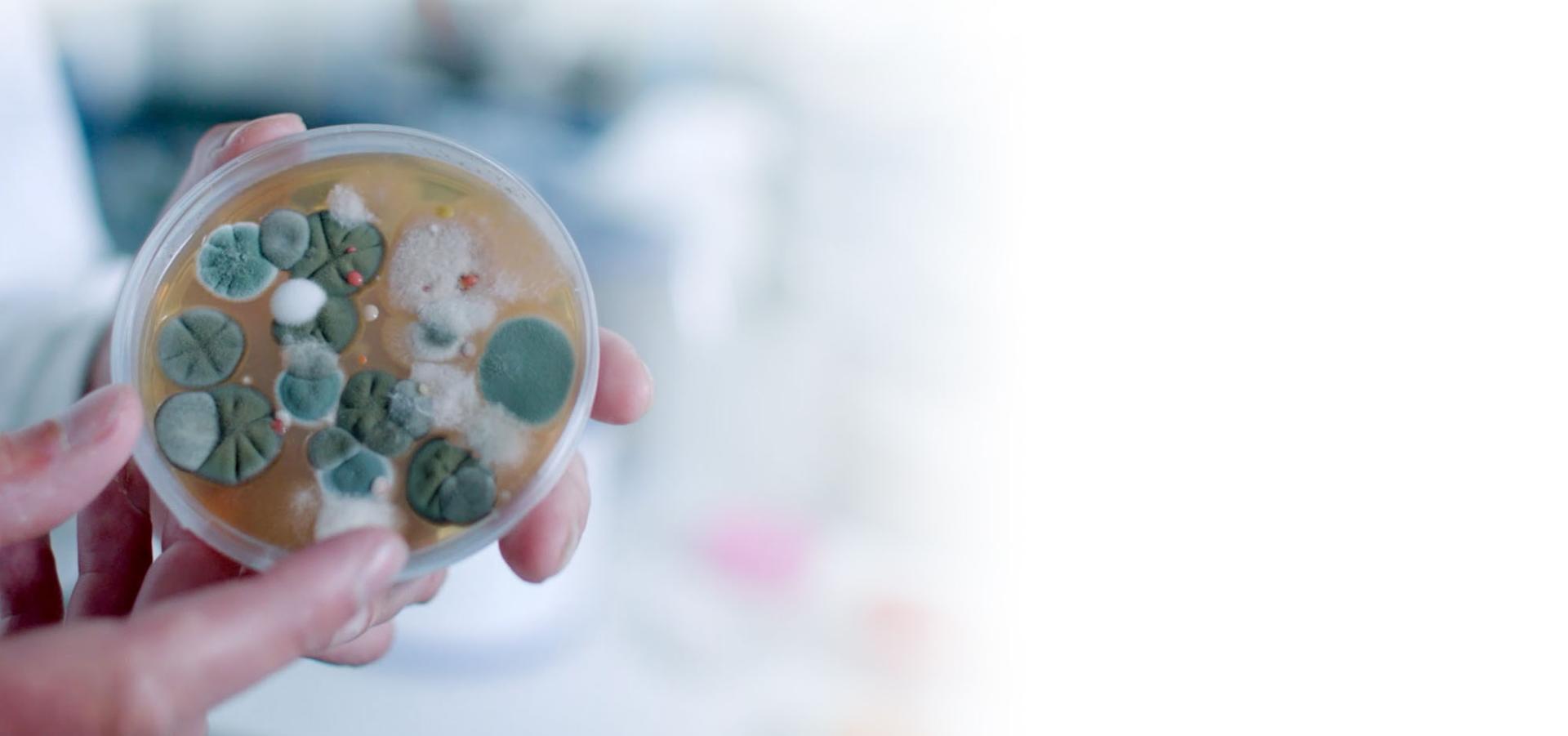
Dyson technology helps create a healthier home
Pioneering Dyson technologies can deep clean your surfaces and the air you breathe. Our Dyson V11™ vacuum's powerful suction removes fine dust. And our Dyson purifiers capture potential harmful pollutants as small as PM 0.1, such as bacteria and viruses.*

Powerful deep cleaning. Captures 99.97% of particles as small as 0.3 microns1- including bacteria and allergens
The Dyson V11™ vacuum uses advanced six-stage filtration to capture fine dust and particles as small as 0.3 microns – smaller than common bacteria. A fully-sealed system prevents them from leaking back into the air.
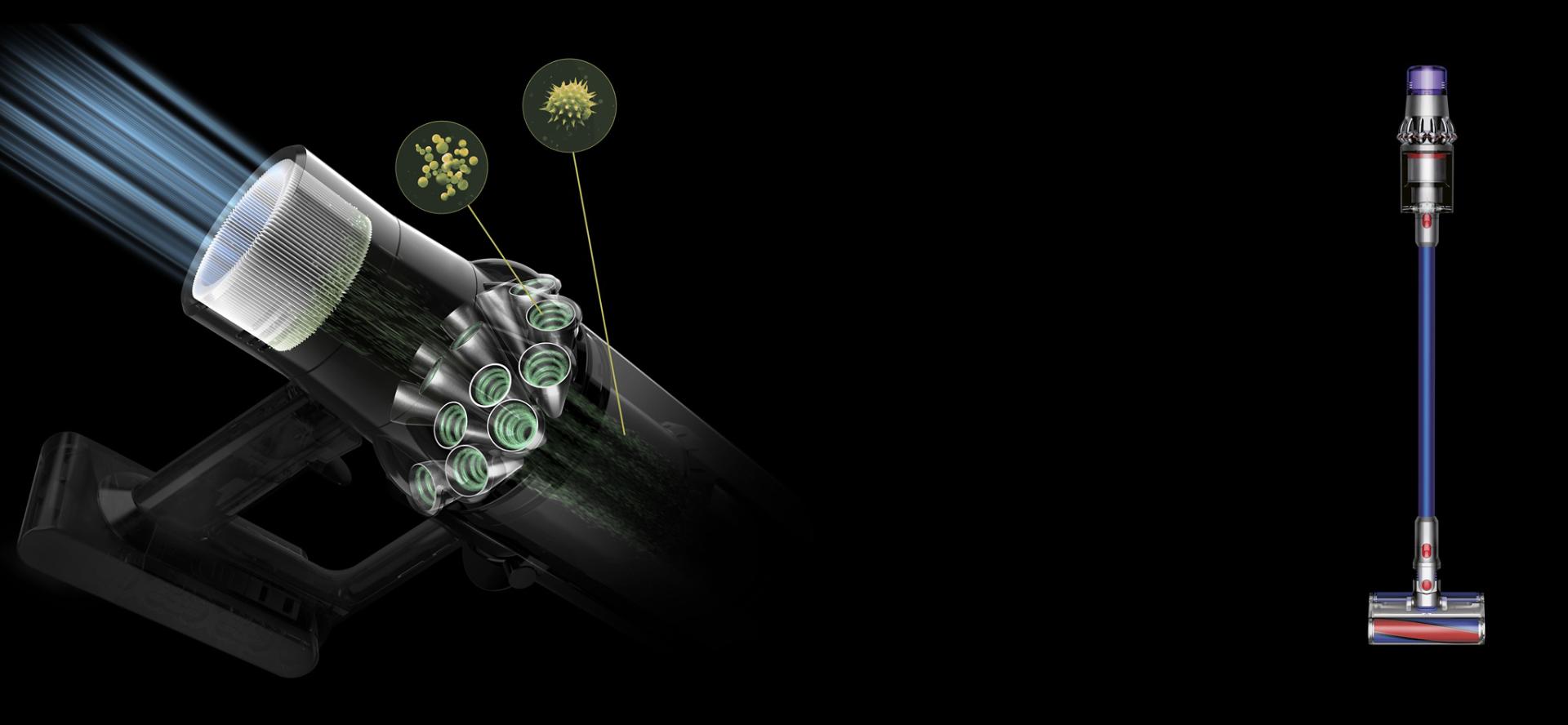
Fully-sealed HEPA filter captures 99.95% of particles as small as 0.1 microns2
Our air purifier captures 99.95% of ultrafine particles from the air2, while an activated carbon filter removes potentially harmful gases. The purified air is then delivered throughout the entire room3 with Air Multiplier™ technology.
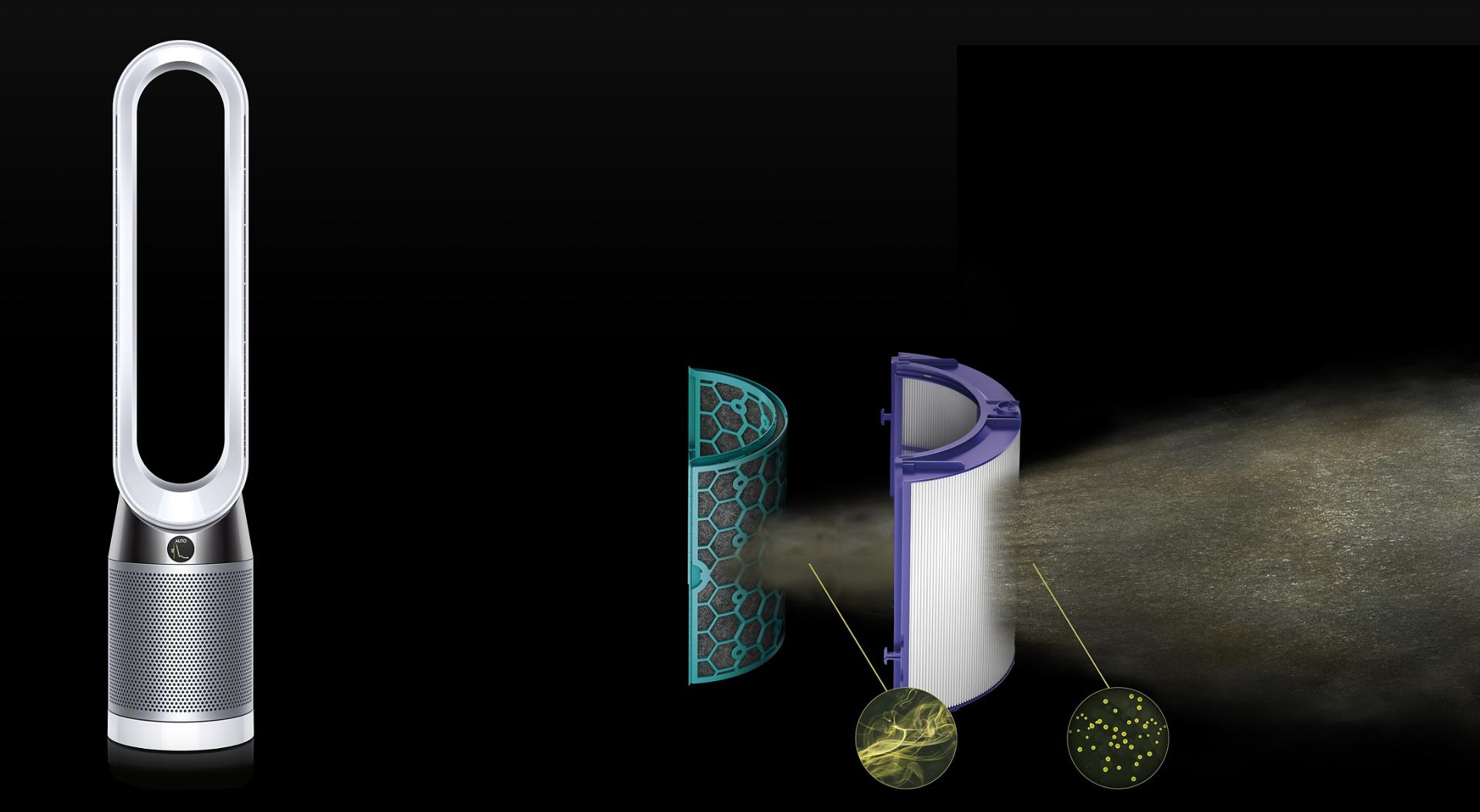
Removes particles you can’t see
Our filters help create a healthier environment by capturing potentially harmful particles. The 360° H13 HEPA filter captures particles down to PM0.1, including viruses*. The six-stage filtration in the Dyson V11™ vacuum is engineered to capture fine dust and particles as small as 0.3 microns – smaller than common bacteria.
-
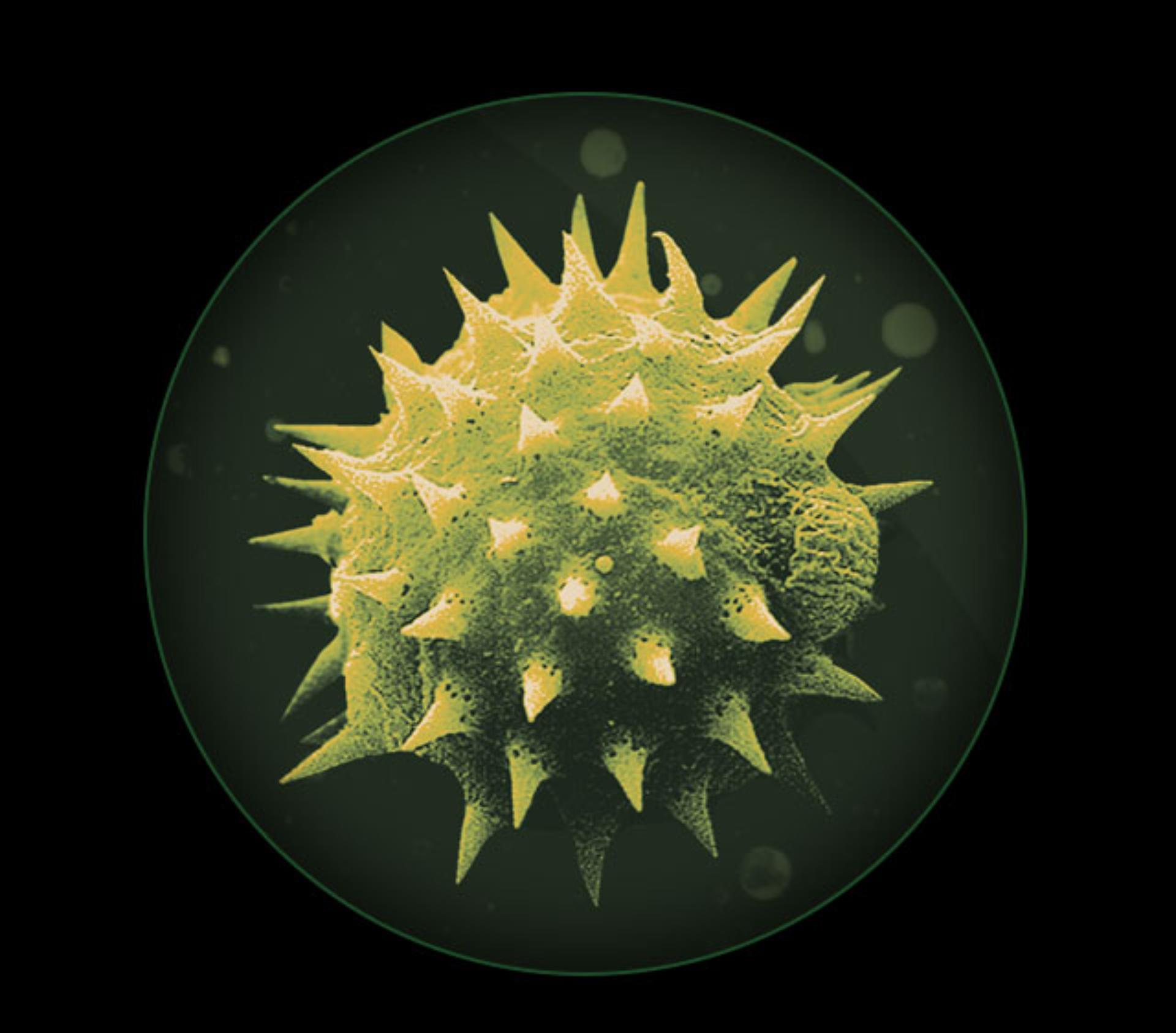
Pollen and allergens
PM10
-
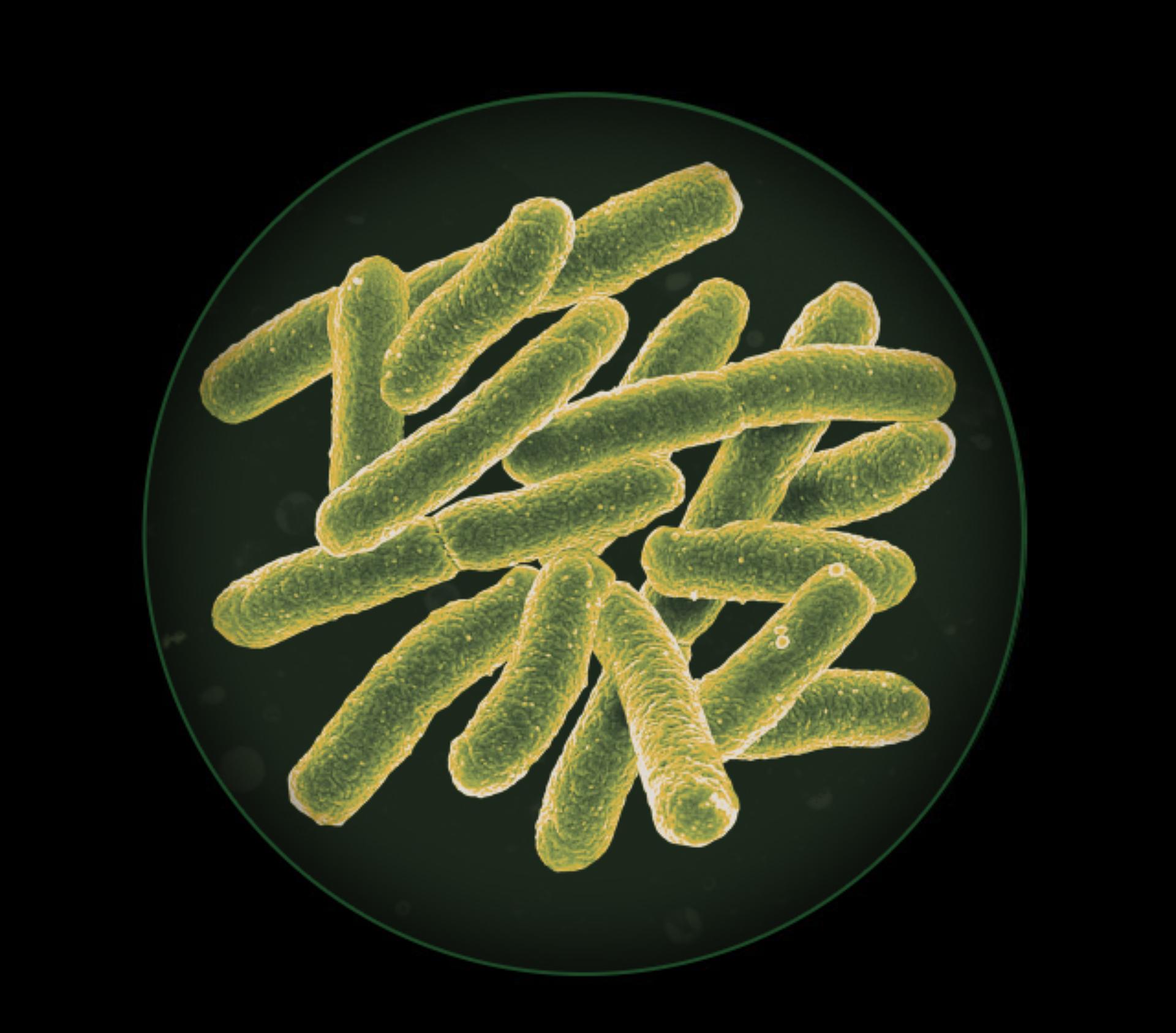
Bacteria and mould spores
PM5.0
-
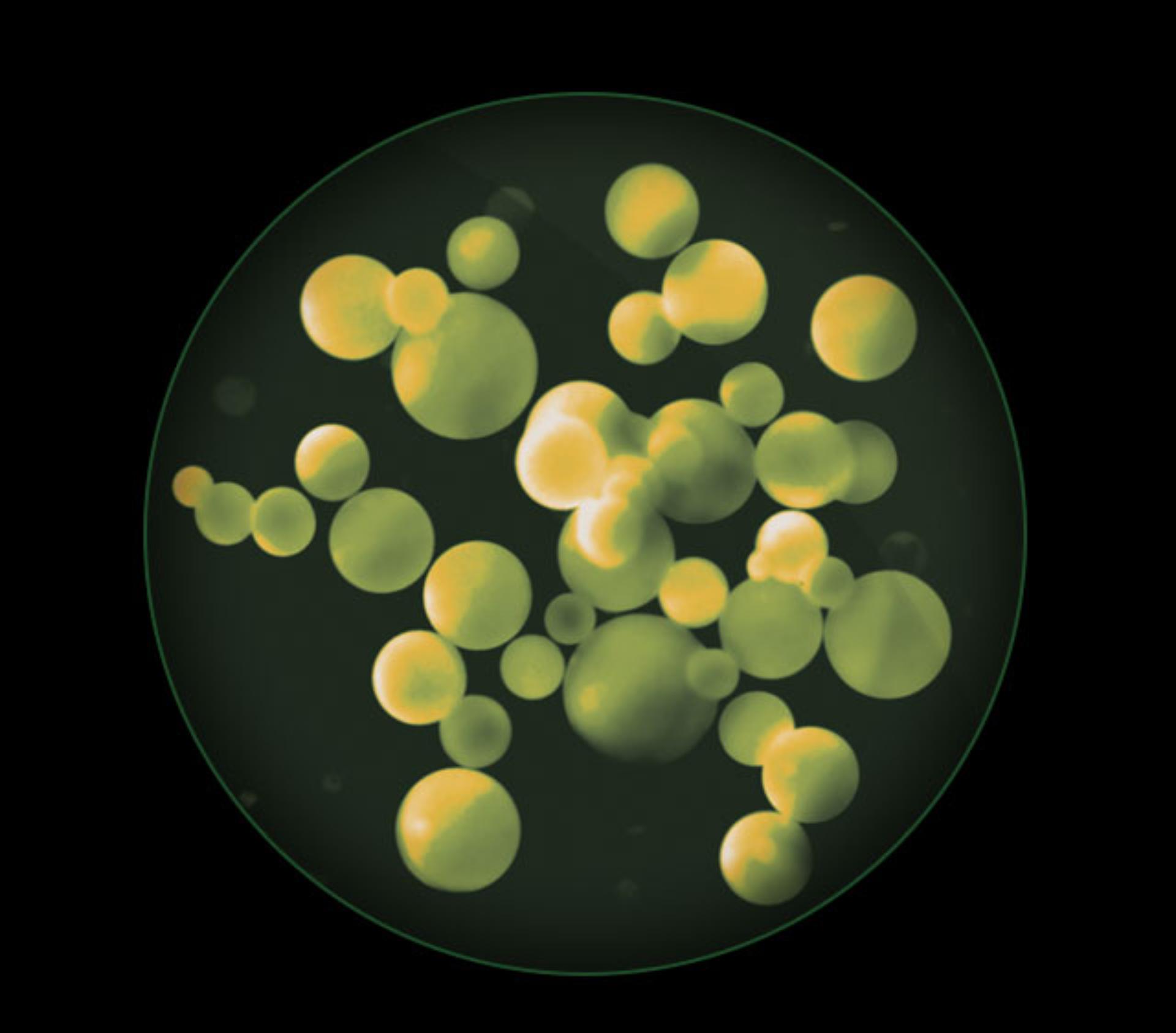
Industrial and vehicle emissions
PM2.5
-
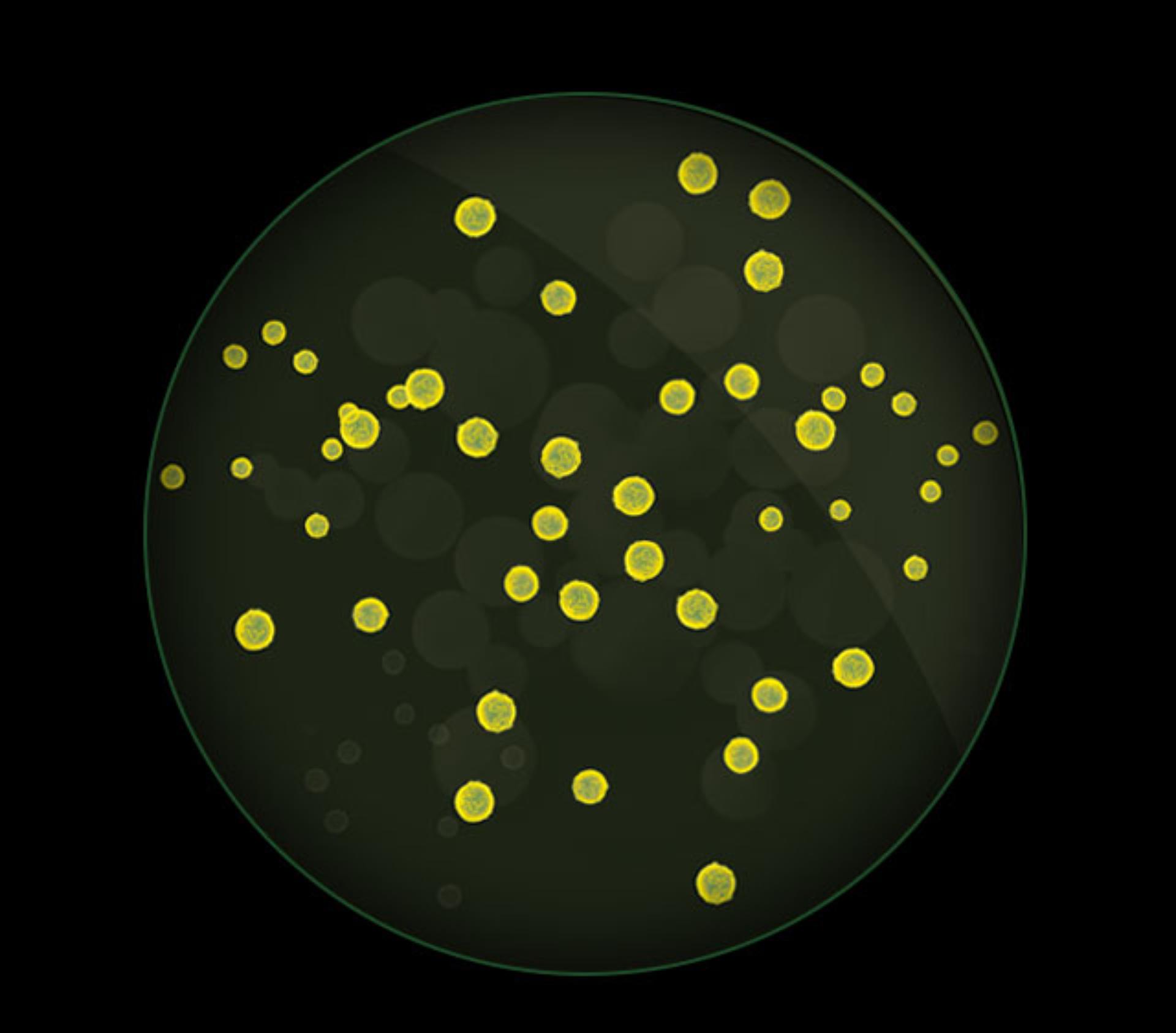
Ultrafine particles and viruses
PM0.1
-
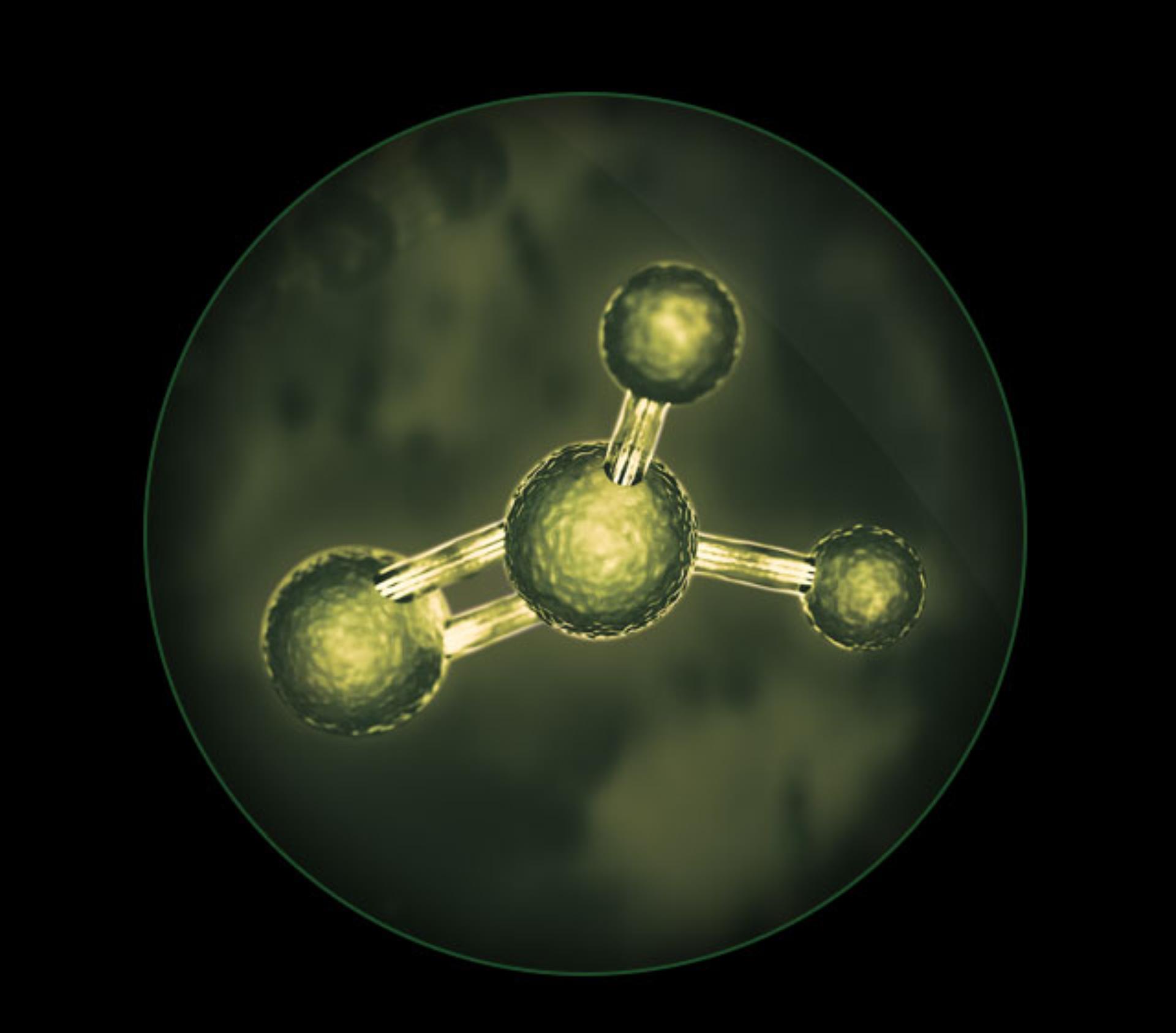
Formaldehyde
-
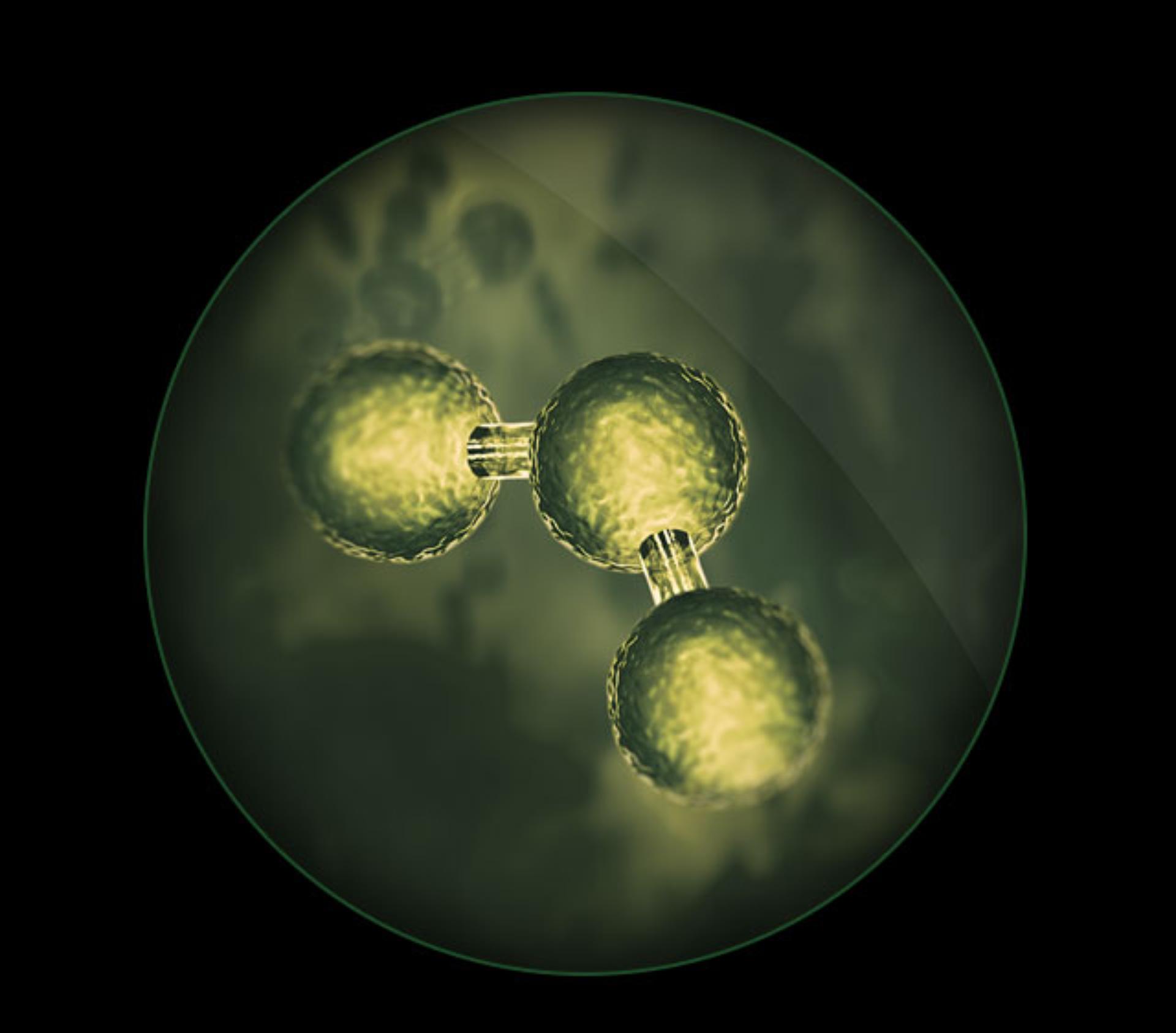
Ozone
-
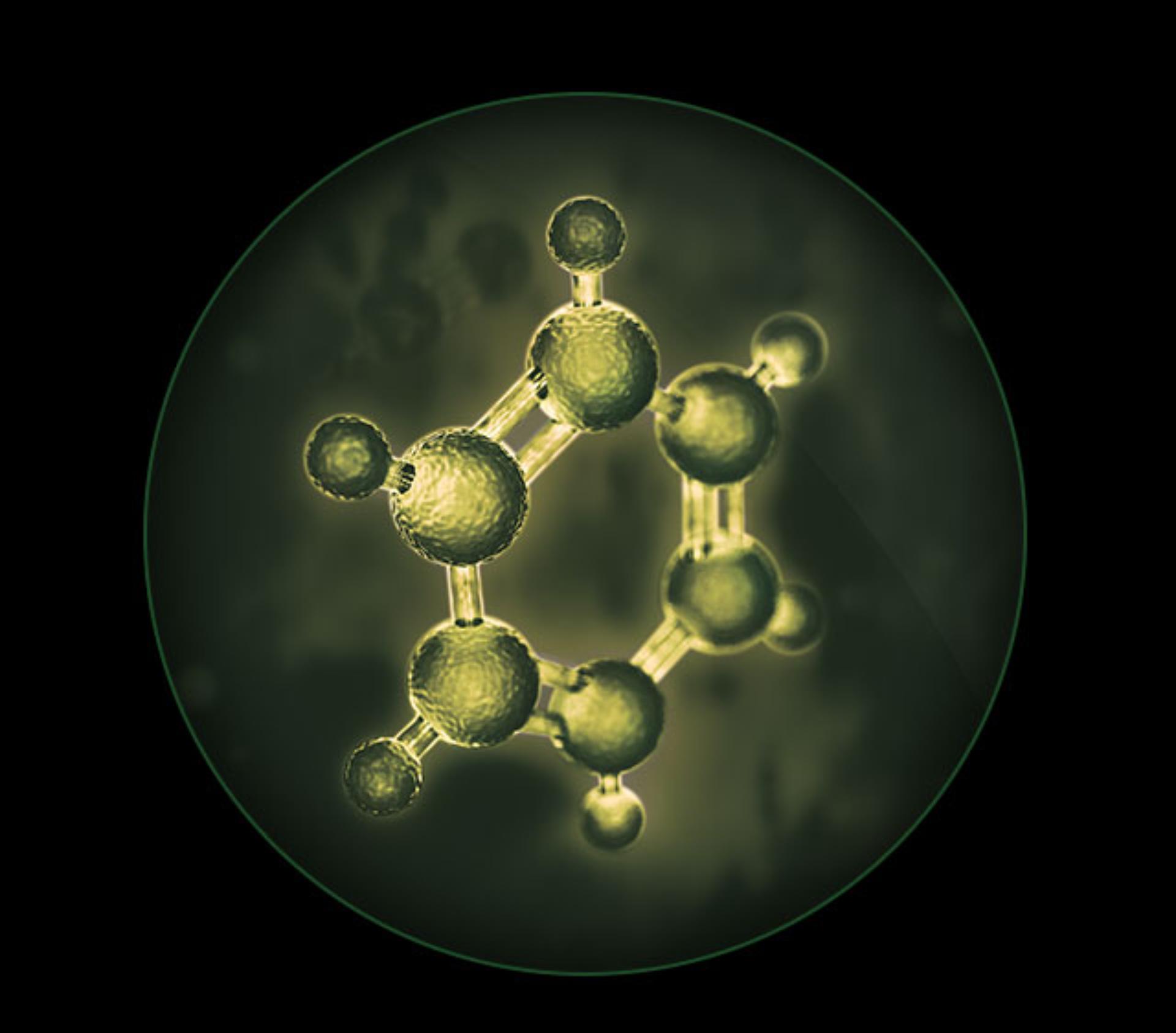
Benzene
-
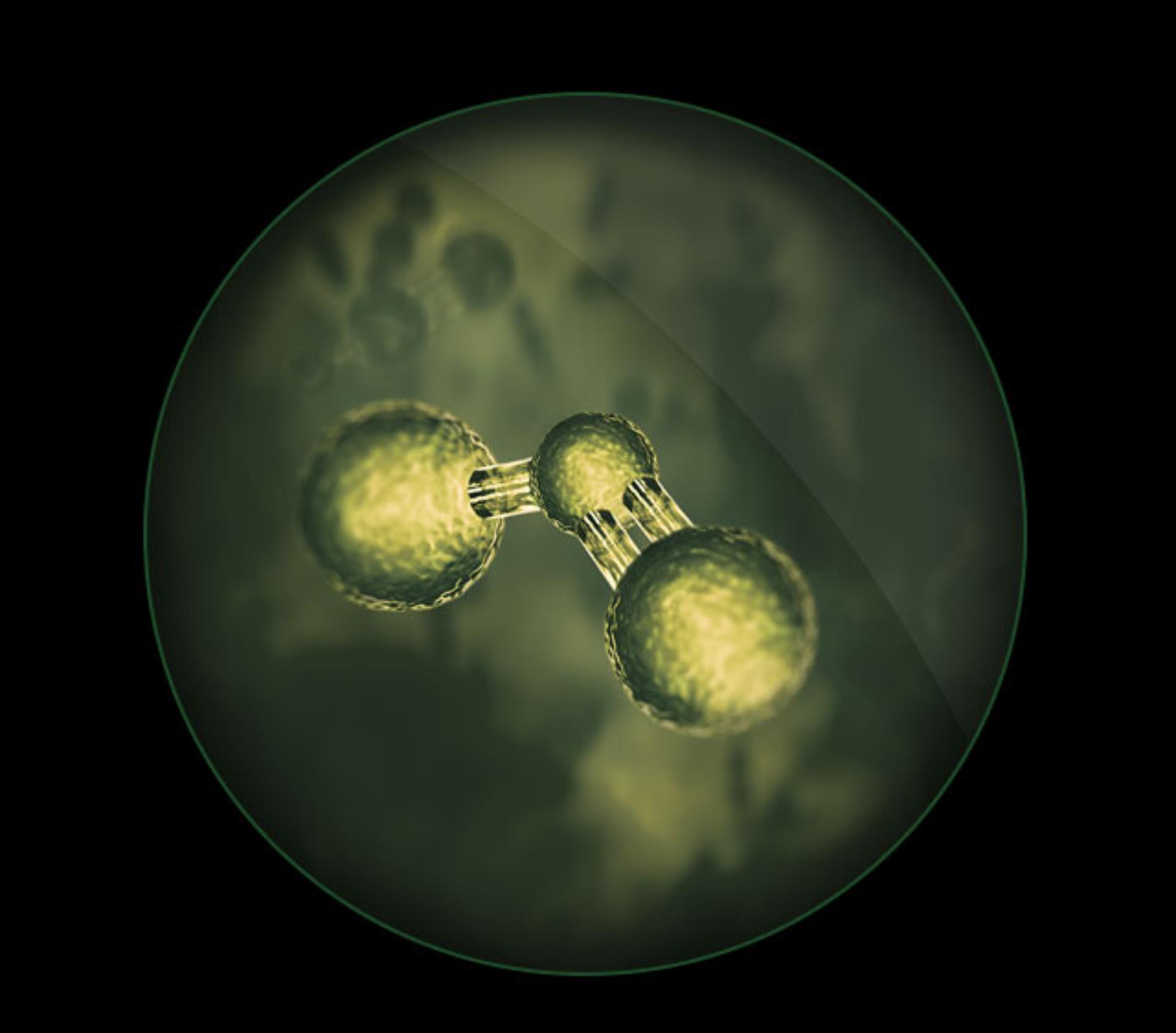
Nitrogen Dioxide
1Filtration tested against ASTM F1977-04, tested in Boost mode by independent third party laboratory, SGS – IBR Laboratories US
2Tested to EN1822. Particles as small as 0.1 microns.
3Tested to Dyson internal test method TM-003711 in a 27m2 room.
